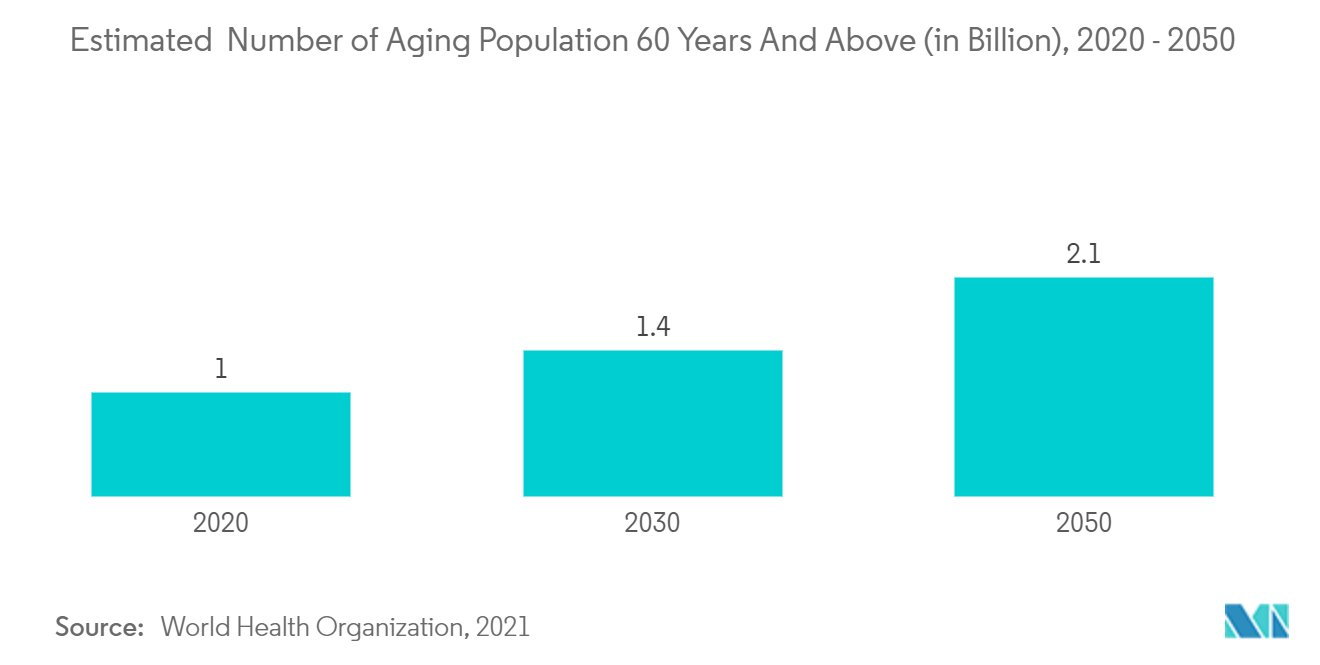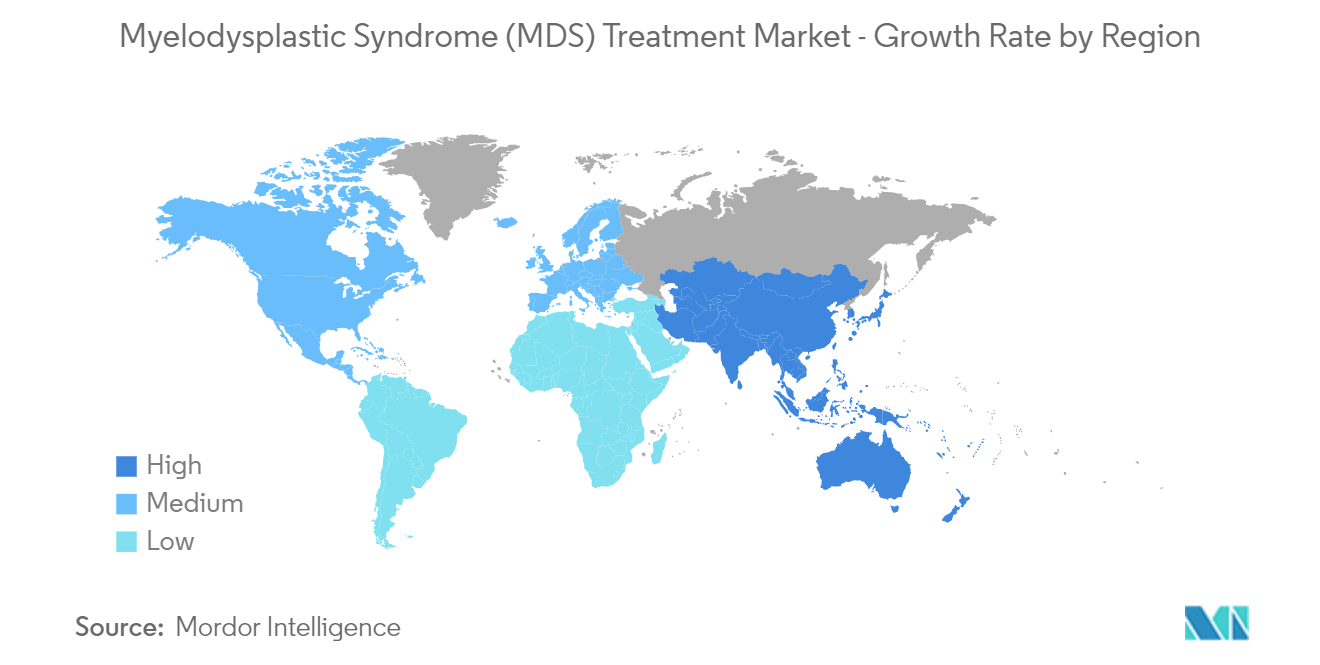Market Trends of Myelodysplastic Syndrome (MDS) Treatment Industry
This section covers the major market trends shaping the Myelodysplastic Syndrome (MDS) Treatment Market according to our research experts:
The Stem Cell Transplant Segment is Expected to Hold a Major Market Share in the Myelodysplastic Syndrome (MDS) Treatment Market
For patients with myelodysplastic syndromes, stem cell transplantation (SCT) offers a potentially beneficial therapy. There are two major types of SCT, one is an allogeneic stem cell transplant, and the other is an autologous stem cell transplant. In an allogeneic stem cell transplant, after the bone marrow is destroyed, the patient receives blood-forming stem cells from another person, the donor. This is the most common type of transplant for MDS. For instance, the study titled "Allogeneic stem cell transplantation may overcome the adverse impact of myelofibrosis on the prognosis of myelodysplastic syndrome" published on PubMed.gov in August 2021, concluded that patients with myelofibrosis (MF)-2/3 had a worse prognosis than those with myelofibrosis (MF)-0/1 in patients without allogeneic hematopoietic stem cell transplantation (allo-HSCT).
However, allogeneic SCTs can have serious, even life-threatening, side effects; thus, they are usually performed on younger, healthier patients. Patients in their 60s and even 70s have had successful transplants, but SCT is usually done with less intensive (reduced intensity) chemotherapy and/or radiation in older patients. Lower doses may not kill all bone marrow cells, but they are just enough to allow donor cells to take root and grow in the marrow. The lower doses also result in fewer side effects, making this type of transplant more tolerable for older patients. Even so, some serious side effects remain a possibility.
Additionally, patients receive their own stem cells after an autologous stem cell transplant (which were removed before treatment). As the patient's bone marrow contains abnormal stem cells, this type of transplant is rarely used for MDS patients.
Thus, the abovementioned factors are expected to impact the segment's growth over the analysis period.

North America is Expected to Hold a significant share in the market and is expected to do the Same in the Forecast Period.
North America dominates the global myelodysplastic syndrome (MDS) treatment market owing to the increase in the prevalence of myelodysplastic syndrome, early adoption of novel treatments, high R&D investments in the development of novel drugs, and the presence of sophisticated healthcare infrastructure. According to the American Society of Clinical Oncology (ASCO) 2022, MDS affects about 10,000 people in the United States each year. MDS is rare in people under the age of 50. However, people in their 70s are the most likely to develop it. The number of people diagnosed with MDS each year is expected to rise as the United States population ages.
Moreover, product approvals are increasing at a rapid pace, which is helping to drive market growth. Takeda Pharmaceutical Company Limited, for instance, announced in July 2020 that the FDA had granted Breakthrough Therapy Designation to its investigational drug pevonedistat for the treatment of patients with higher-risk myelodysplastic syndromes (HR-MDS). Pevonedistat, a first-in-class NEDD8-activating enzyme (NAE) inhibitor, could be the first new treatment for HR-MDS patients in over a decade, expanding treatment options previously limited to HMA monotherapy. Even with current treatment options, people with HR-MDS continue to have poor outcomes. Likewise, Novartis announced in November 2021 that the United States Food and Drug Administration (FDA) had granted fast-track designation for sabatolimab (MBG453) used in the treatment of adult patients with myelodysplastic syndromes (MDS) defined by an IPSS-R risk category of high or very high risk in combination with hypomethylating agents. Similarly, in September 2020, Gilead Sciences, Inc. announced that the United States Food and Drug Administration (FDA) had granted magrolimab, a first-in-class, investigational anti-CD47 monoclonal antibody for the treatment of newly diagnosed myelodysplastic syndrome, a Breakthrough Therapy designation.
Furthermore, rising patient awareness in the United States is expected to drive market growth over the forecast period. For instance, in September 2020, Jazz Pharmaceuticals plc announced the launch of Find the Right Fit, a patient education program in the United States developed in collaboration with the Myelodysplastic Syndromes (MDS) Foundation, Inc. and the Cancer Support Community to empower people with secondary acute myeloid leukemia (sAML) and MDS.
These factors together are likely to bolster the growth of the myelodysplastic syndrome (MDS) treatment market in the North American region.

